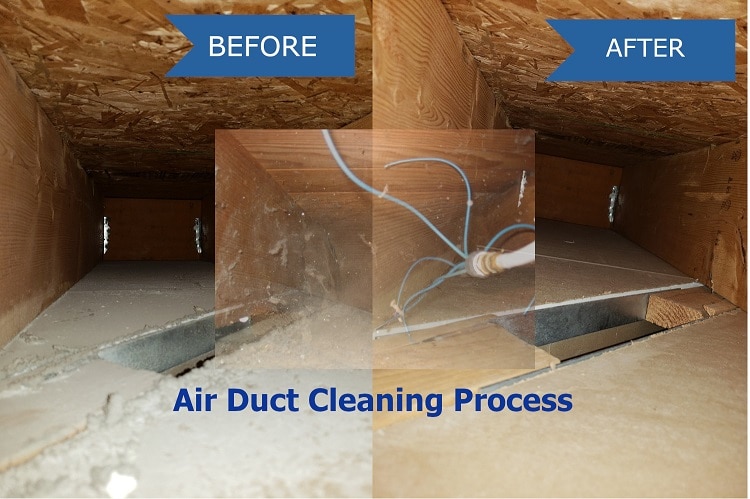The dry cleaning method, or “dry duct cleaning”, uses specialized tools to remove built-up dust and debris from air ducts without the use of water. This approach helps avoid the downsides of excess moisture damage, long downtimes and musty smells associated with wet cleaning techniques. Instead, dry duct cleaning utilizes high-efficiency air filters, abrasive brush tools and dust mitigation equipment to clean ducts effectively while keeping everything dry.
High-efficiency air filters
They trap more particles than standard filters, including contaminants like dust, pollen, mold, pet dander and germs. Placing these filters in air returns leading to the furnace helps capture what has already built up before it enters the HVAC system. HEPA filters can remove at least 99.97% of airborne particles including large and small particles. Using the proper filter for your system ensures maximum dust containment.
Abrasive brushes
They are thick bristled brushes designed specifically for cleaning air ducts. They help loosen caked on debris and dirt when scrubbed along surfaces of ducts, grilles, registers and the HVAC unit itself. brushes come in different sizes to access even narrow or irregular shaped ducts. Most dry duct cleaners will also use vacuum equipment with high airflow to fully remove debris after brushing and capture as much as possible.

Air duct cleaning often requires work inside the attic, crawlspace or basement where dust tends to build up and circulate through vents. Dry methods utilize dust mitigation sheeting, barriers and hoods that contain dust to these areas during cleaning and prevent excess spread beyond the worksite. Containment helps keep dust out of living spaces and ensures a much quicker cleanup after work is complete with minimal mess.
Benefits of dry duct cleaning include:
•No water damage or musty smells. By avoiding moisture, risks like water stains, flooding or musty smells are eliminated.
•No long downtimes. Without saturating the ducts, there are no prolonged drying periods required before turning the HVAC back on. Typically takes 2-4 hours at most.
•Lower costs. Fees for dry duct cleaning are often less expensive than wet cleaning methods due to shorter cleaning and drying times.
•Better for electronic components. The electrical components inside air handlers, furnaces and air conditioners are less likely to be damaged when no water is involved.
•Improved airflow. Dry cleaning effectively removes debris buildup, improving airflow and making the HVAC more efficient without excess moisture clogs or mold growth.
•Versatile methods. Both abrasive brushing and high-efficiency vacuuming provide comprehensive cleaning with minimal impact. Multiple techniques allow for thorough yet delicate cleaning as needed.

